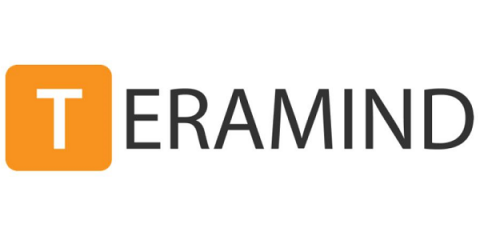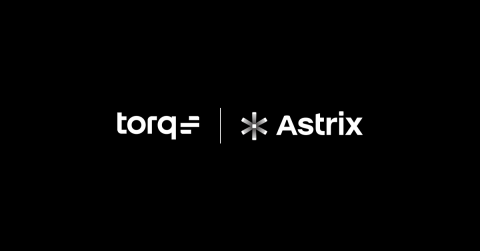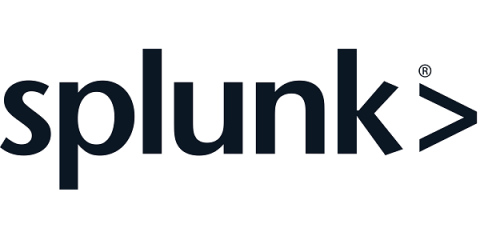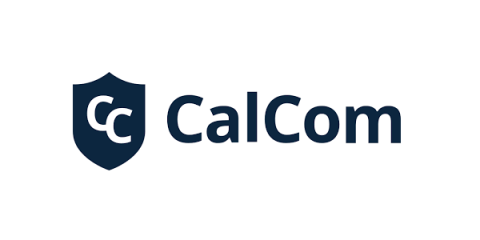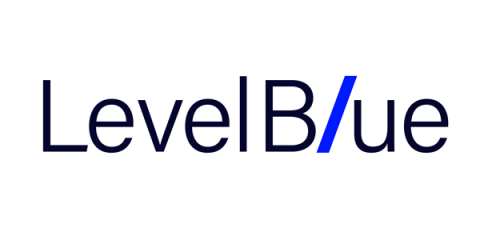Is Slack using your data to train their AI models? Here's what you need to know.
AI is everywhere—but how can you be sure that your data isn’t being used to train the AI models that power your favorite SaaS apps like Slack? This topic reached a fever pitch on Hacker News last week, when a flurry of Slack users vented their frustrations about the messaging app’s obtuse privacy policy. The main issue?



